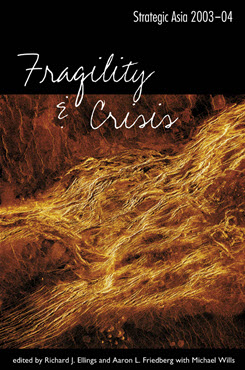Economic Integration
Implications of Regional Economic Integration
A network of trade and financial negotiations is creating new linkages among countries in Asia. Free trade agreements are proliferating and a framework for currency swaps is in place. Particularly striking are growing ties between Northeast and Southeast Asia, China’s “charm diplomacy,” Japan’s lagging performance, and the inclusion of India in summit-level discussions with East and Southeast Asia.
A network of trade and financial negotiations is creating new linkages among countries in Asia. Free trade agreements are proliferating and a framework for currency swaps is in place. Particularly striking are growing ties between Northeast and Southeast Asia, China’s “charm diplomacy,” Japan’s lagging performance, and the inclusion of India in summit-level discussions with East and Southeast Asia. This drive for intra-Asian economic integration excludes the United States. It will yield few economic benefits compared with trans-Pacific or global integration, but it offers Asian leaders political and security advantages, such as engaging China peacefully in the region, acquiring a stronger collective voice, and, for India, building economic relationships corresponding to its status as an emerging regional power. Over time, market-oriented regional integration works in favor of peace, stability, and democracy and deserves U.S. support.
Strategic Asia
The Strategic Asia annual edited volume incorporates assessments of economic, political, and military trends and focuses on the strategies that drive policy in the region. Learn more about Strategic Asia.


